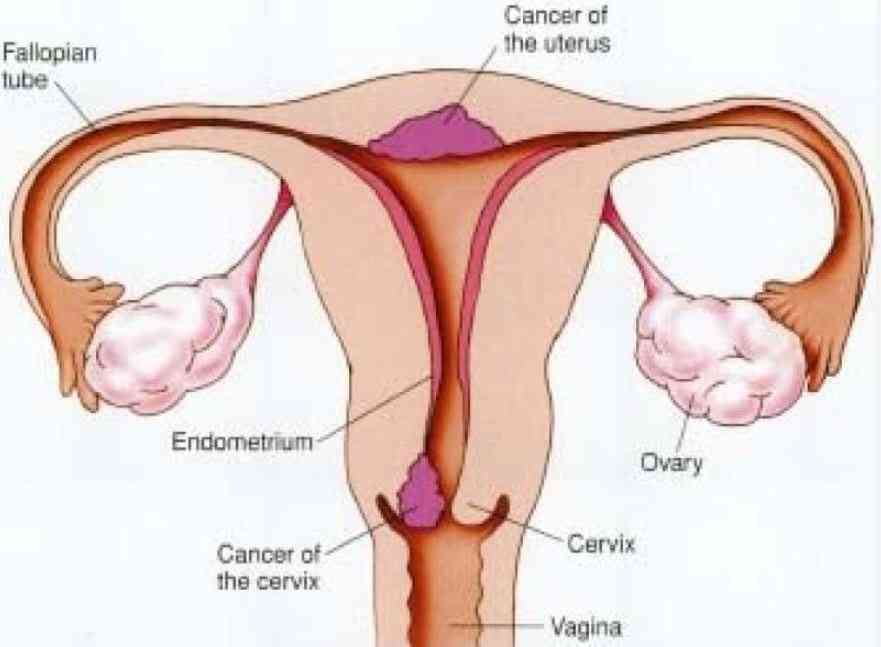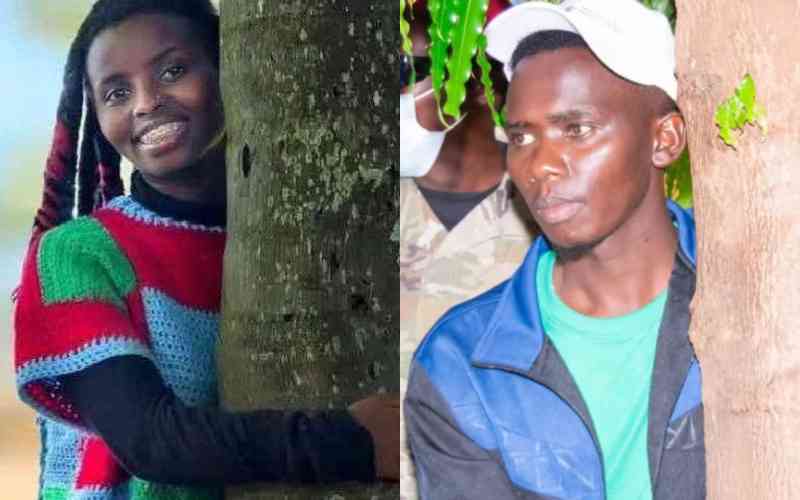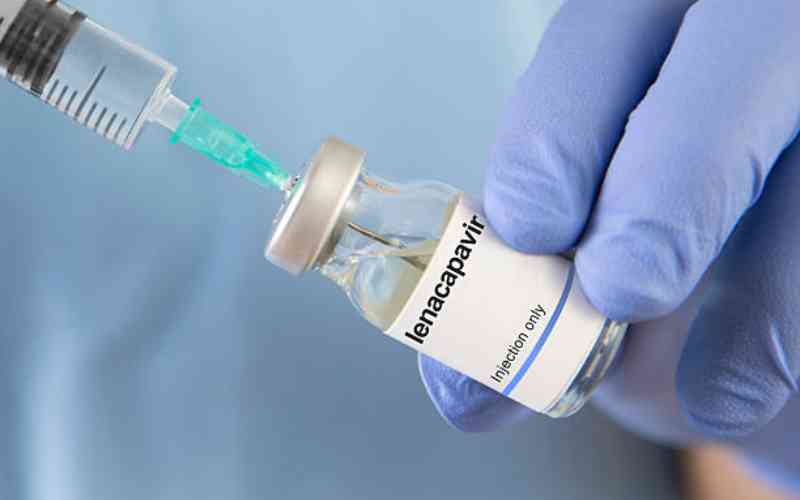Italians are known for their cooking, and their penchant for infusing olives and olive oil into most of their dishes. Hardly a fortnight ago, they brought olives into the surgical theatre too, where as a team of surgeons cracked open the skull of a 60-year-old former cook, she meticulously stuffed 90 olives with meat. They got out the tumour and is on her way to recovery. Craniotomy is the surgical removal of a portion of the skull to enable surgeons to access the brain. Awake craniotomy is mostly done on patients with brain tumours or epileptic focus found near critical areas of the brain.
The surgeries are sometimes carried out when the patient is performing a task to enable the medics immediately know when they have disturbed critical brain functions. In Kenya, the practice is catching on too. Kenya did its first awake craniotomy in 2015 when a team of surgeons led by Kenyatta National Hospital neurosurgeon Samuel Njiru operated on a patient with a brain tumour. The surgery was done in collaboration with the University of Toronto and Egerton University at the Nakuru County Referral Hospital.
In 2018, Dr Njiru led another team at the same hospital in successfully conducting a set of awake brain surgeries on four patients. The procedure took 12 hours with doctors spending three hours on each patient.
“Awake craniotomy is not a very common technique in Kenya because it requires advanced neuro-surgical medicine, equipment and expertise,” says Njiru. Currently, Kenya has only 20 registered neurosurgeons.
While awake craniotomies are mostly done in big private hospitals in Kenya, the procedure is a slowly growing trend in public hospitals.
How it works
Neurosurgeons have to do brain mapping while the patient is awake using special electrodes to stimulate parts of the brain. By doing so, they will try to remove as much of the tumor or epileptic focus as possible without interfering with core neurological functions.
This procedure is efficient for patients who are very sick and where operations are likely to touch on very critical areas of the brain. “If someone is a footballer for example, we do awake craniotomy to avoid the risk of taking away their abilities,” Njiru says.
Surgeons will therefore opt against using general anaesthesia, which makes a patient asleep and unconscious during the entire surgery. “Drugs required for this purpose are expensive and generally, this procedure uses a lot of resources,” says Njiru. For awake craniotomies, a pain bloc is administered to patients.
It could take days for patients to recover from surgery when general anaesthesia is used because it basically suppresses body functions. The use of local anaesthesia in awake surgeries ensures patients recover faster from surgery.
 The Standard Group Plc is a multi-media organization with investments in media
platforms spanning newspaper print
operations, television, radio broadcasting, digital and online services. The
Standard Group is recognized as a
leading multi-media house in Kenya with a key influence in matters of national
and international interest.
The Standard Group Plc is a multi-media organization with investments in media
platforms spanning newspaper print
operations, television, radio broadcasting, digital and online services. The
Standard Group is recognized as a
leading multi-media house in Kenya with a key influence in matters of national
and international interest.











